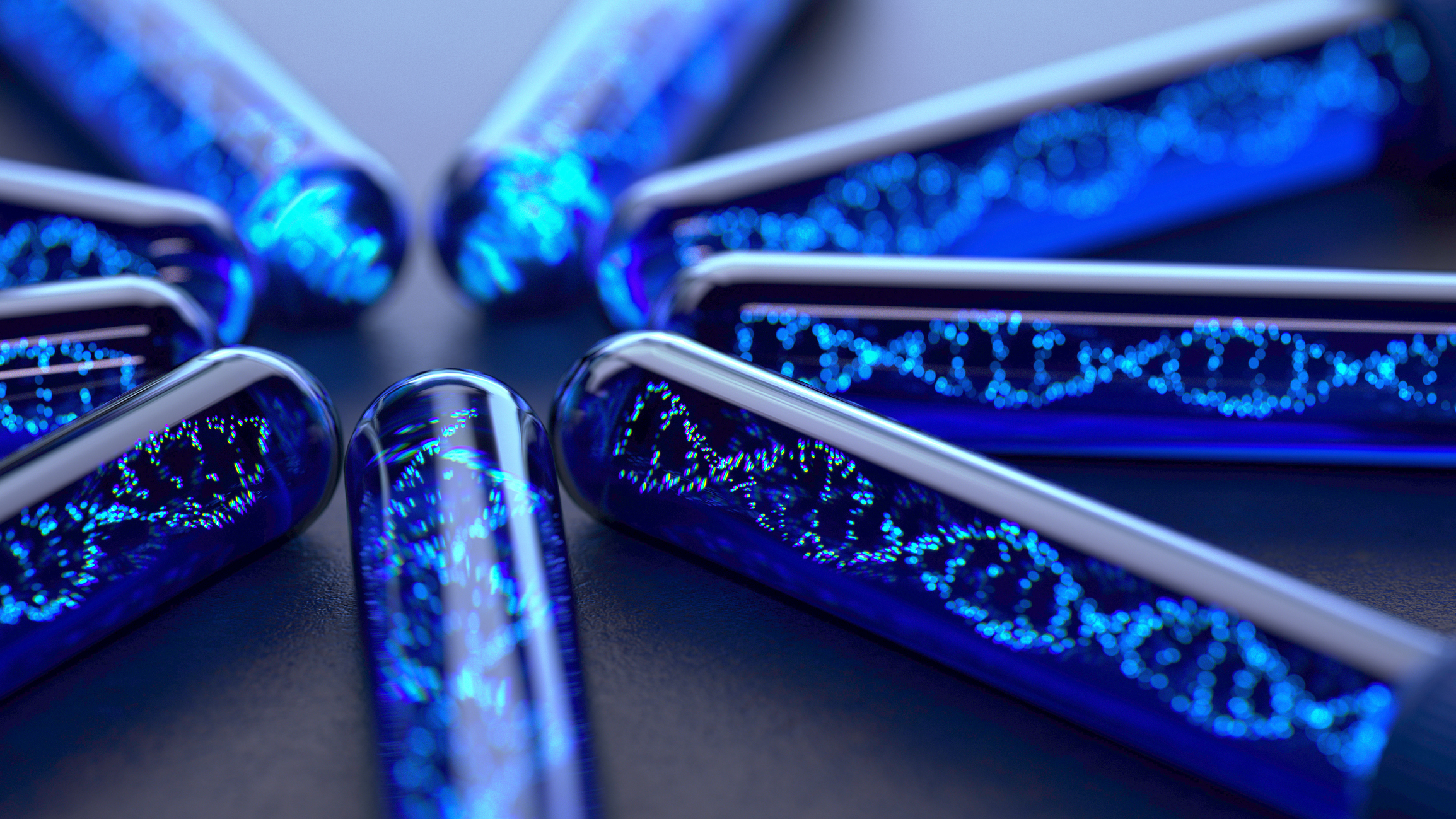
Gene therapy atidarsagene autotemcel (also called Libmeldy and made by Orchard Therapeutics) will be available for some children with the rare, life-limiting inherited neurodegenerative condition metachromatic leukodystrophy (MLD).
Atidarsagene autotemcel is the first ever treatment for MLD and the draft guidance looks at its use in children with late infantile or early juvenile forms of MLD. It is thought there are around 5 children born each year in England with MLD.
Costing around £2.8 million at its list price, this one-off treatment is the most expensive drug NICE has ever evaluated. Following public consultation on NICE’s earlier draft guidance which did not recommend atidarsagene autotemcel, the company has increased the confidential discount to the price of the drug.
Atidarsagene autotemcel is given as a single-dose intravenous infusion. It is designed to correct the genetic cause of MLD by inserting functional copies of the faulty gene into the patient's own stem cells taken from their bone marrow or blood.
Clinical evidence suggests that atidarsagene autotemcel improves motor and cognitive function in the short term and could correct the enzyme deficiency caused by the disease.
The cost-effectiveness estimates show that atidarsagene autotemcel provides substantial extra health and quality-of-life benefits, although these vary for the different types of the disease.
Atidarsagene autotemcel is also recommended as an option for children with the early juvenile form of the condition who have early clinical symptoms but who can still walk independently and before the onset of cognitive decline.
Helen Knight, programme director in the Centre for Health Technology Evaluation at NICE, said: “The independent committee recognised that MLD is a life-limiting, relentless, disabling and isolating condition, affecting all aspects of patients’ and caregivers’ lives. It also recognised that treatment options for MLD are limited to managing symptoms, and that there is a significant unmet need for disease-modifying therapies for MLD.
“The clinical evidence presented showed that for those children in whom atidarsagene autotemcel was effective, it had a substantial clinical benefit in terms of enabling children to maintain their motor and cognitive functions. We’re therefore pleased that the company has agreed an improved discount to the price of atidarsagene autotemcel which, in better reflecting the uncertainty in the evidence, has enabled the committee to recommend this potentially transformative treatment for children with this condition.”
MLD is caused by a lack of the enzyme Arylsulfatase-A. Without this enzyme, substances called sulphatides build up, eventually destroying the protective myelin sheath of the nervous system. As a result, the nerves in the brain and the peripheral nerves cease to function properly causing symptoms including peripheral neuropathy, muscle weakness, sight and hearing loss, difficulty walking, loss of speech, cognitive decline and seizures.
How quickly the disease progresses and how long children with it live varies based on age when symptoms appear. Children with the late infantile type of MLD - which starts before 30 months and is the most common and the most rapidly progressing type - deteriorate rapidly and usually die between the ages of 5 and 8. Children with early juvenile MLD, which usually starts between 30 months and 6 years, have a life expectancy between 10 and 20 years after onset.